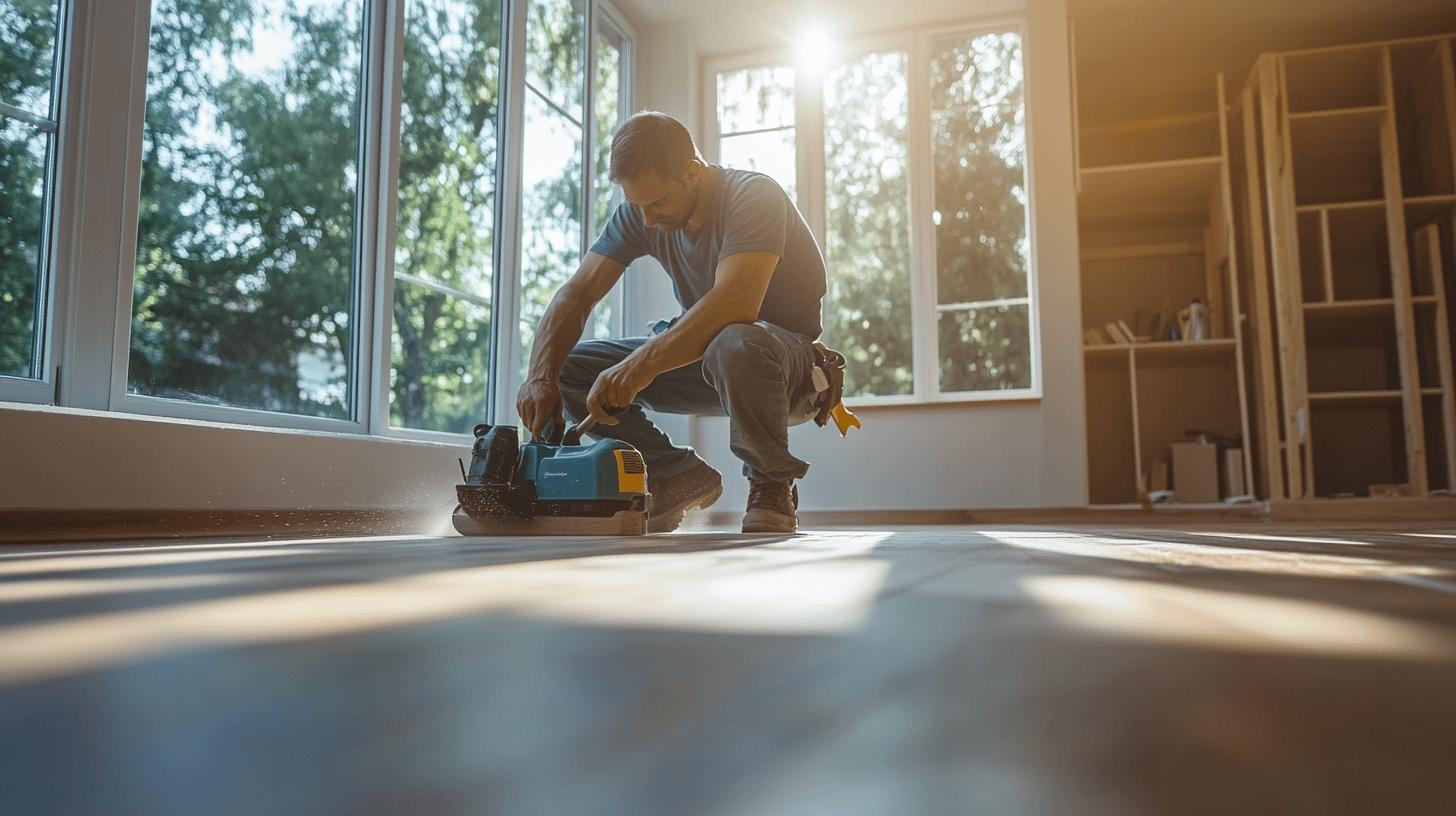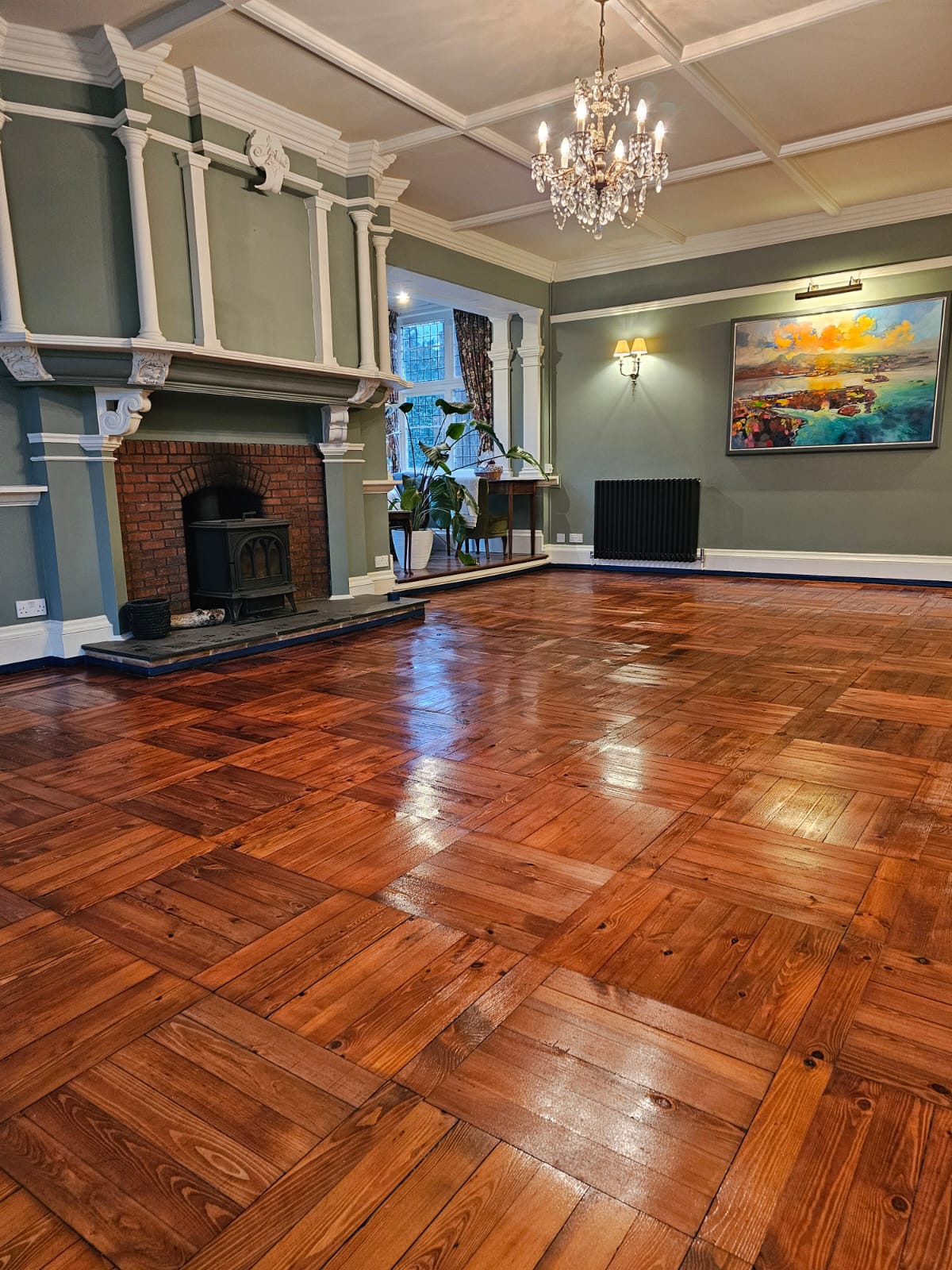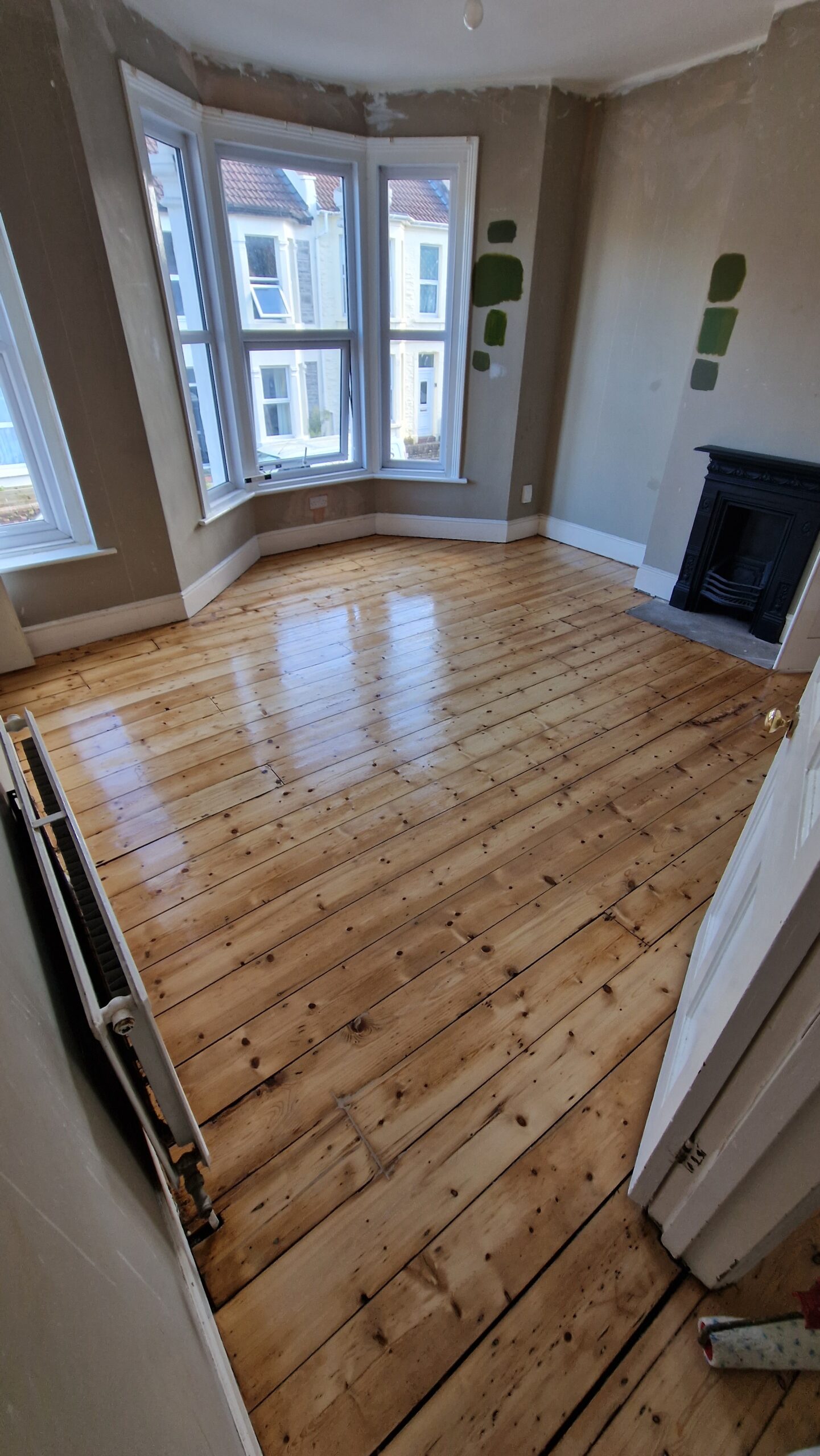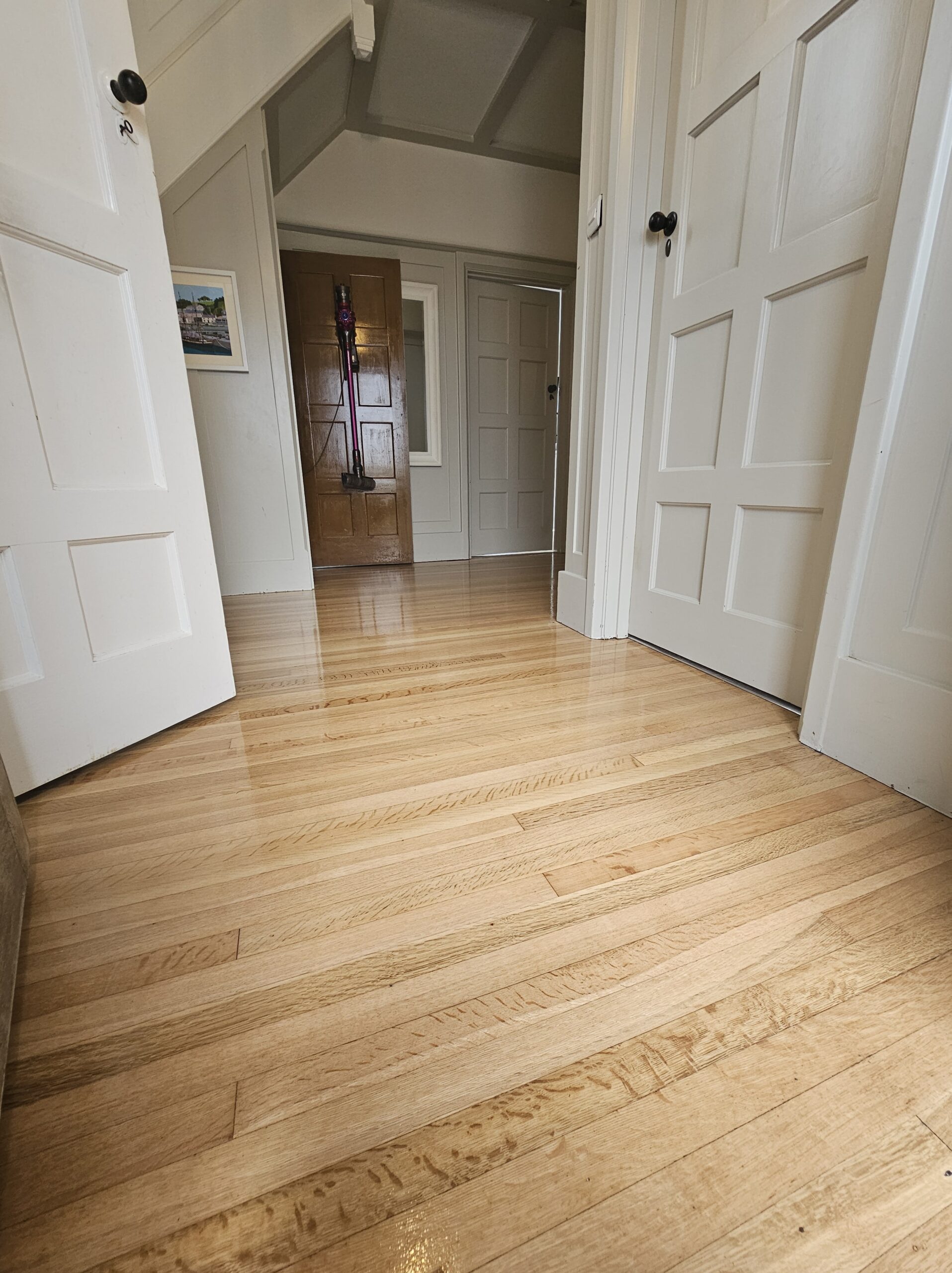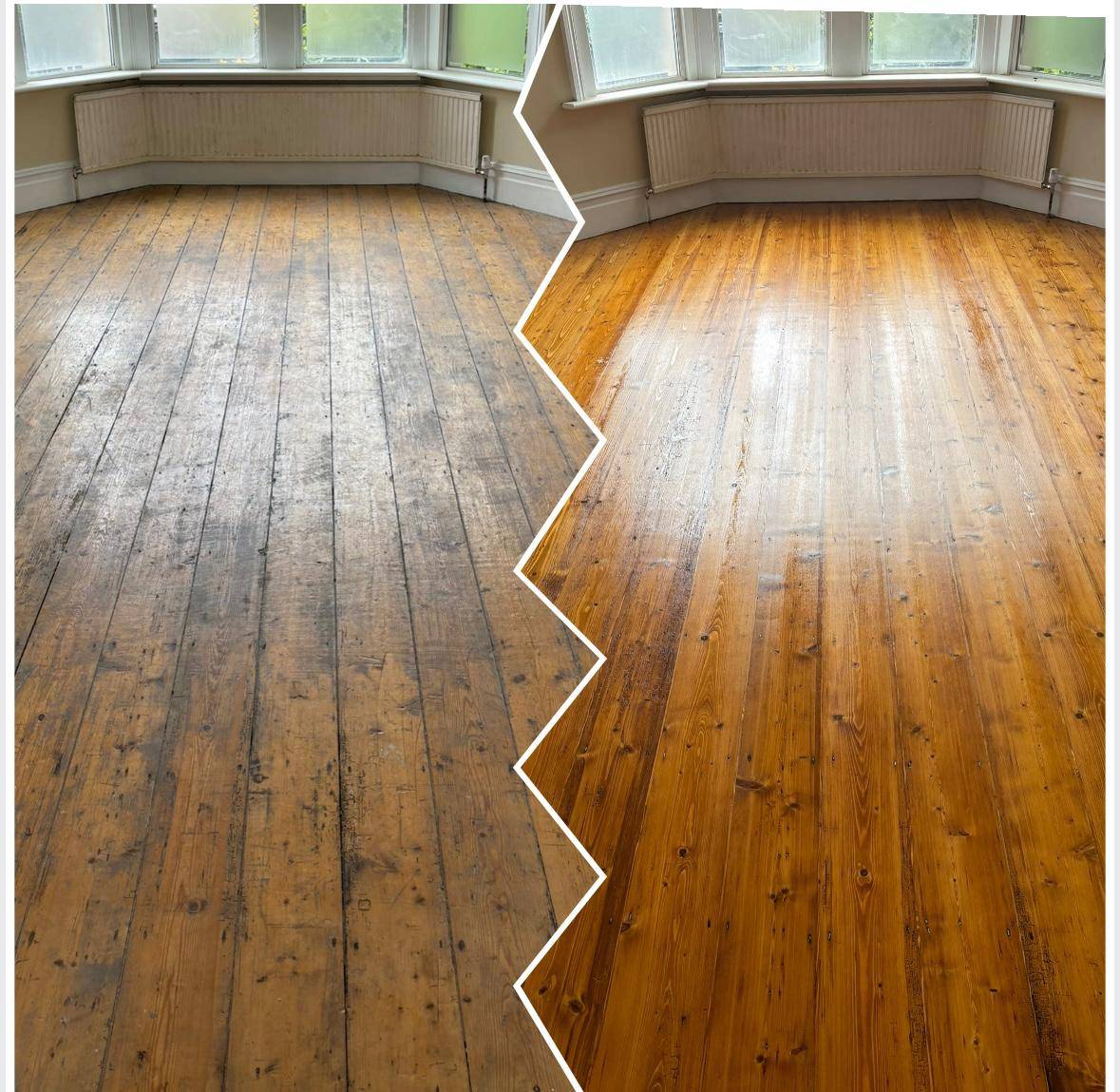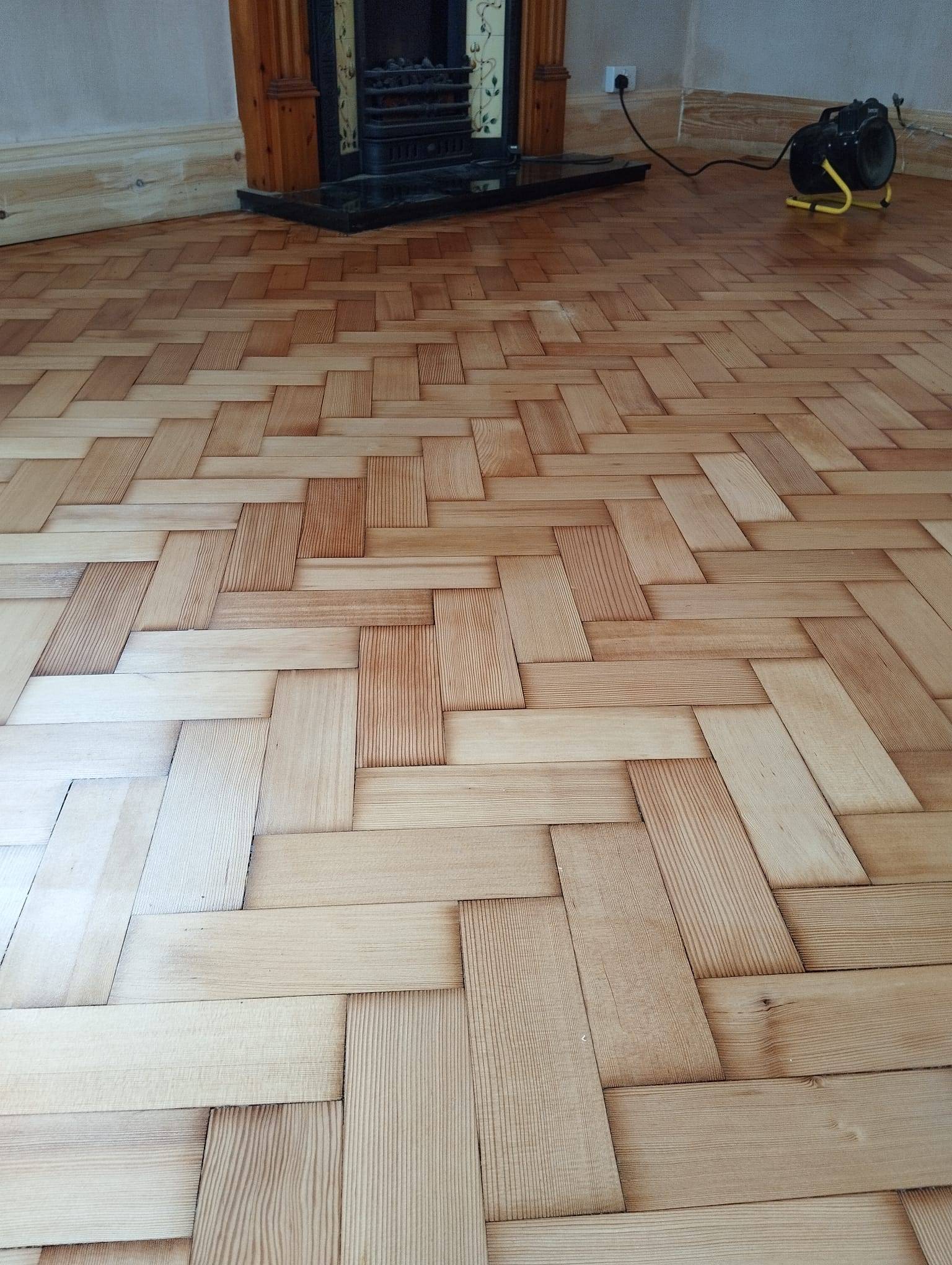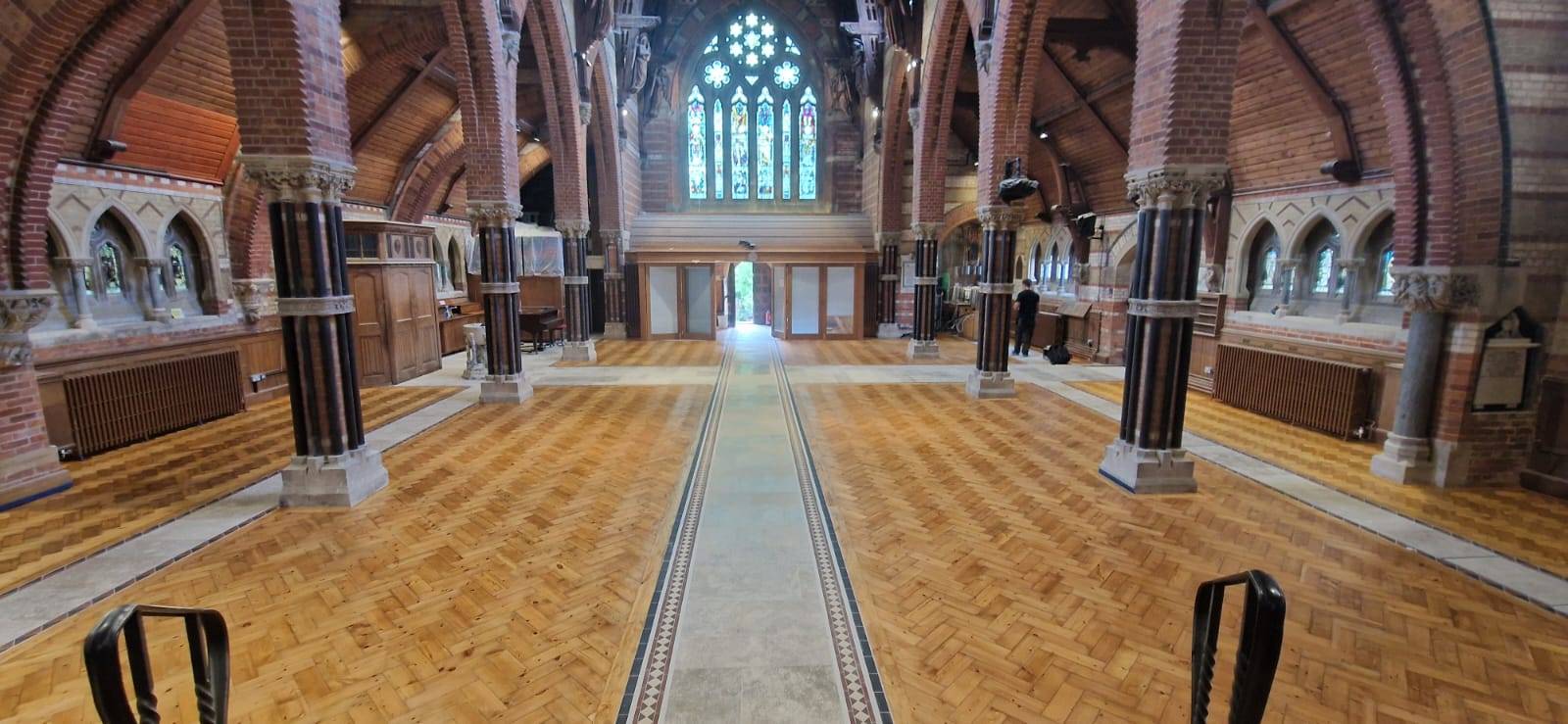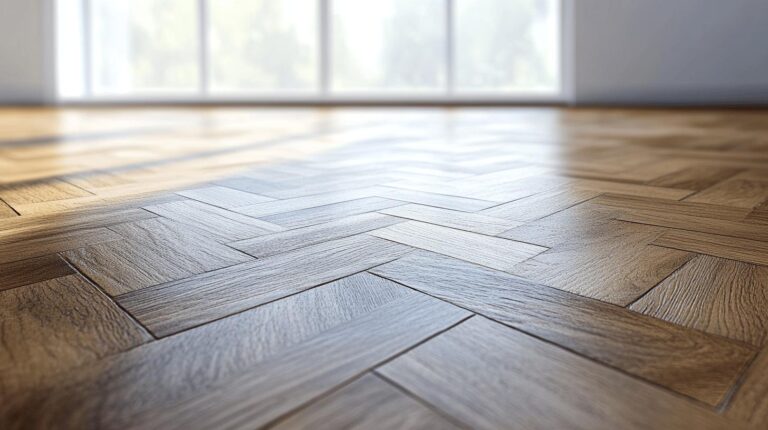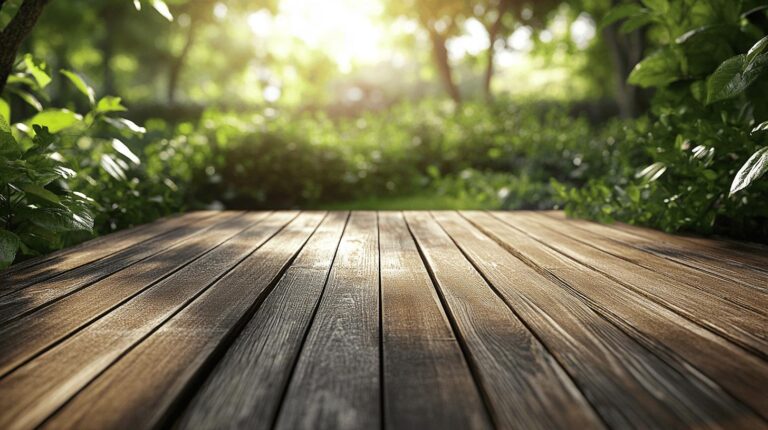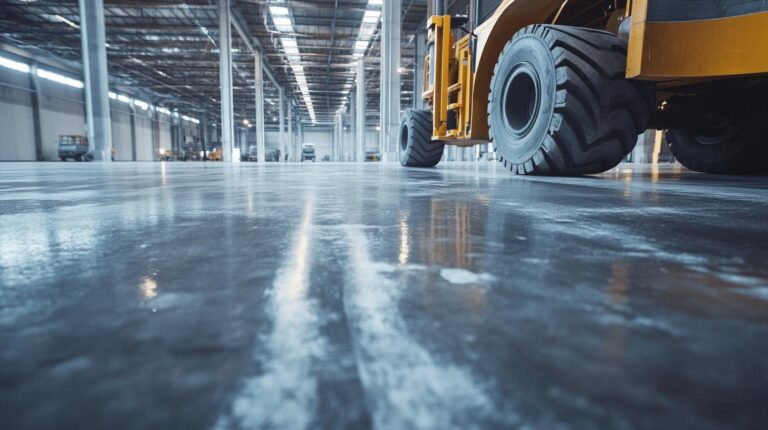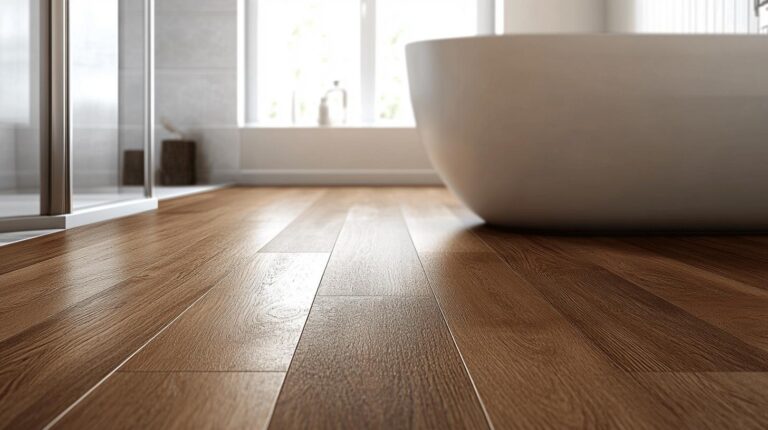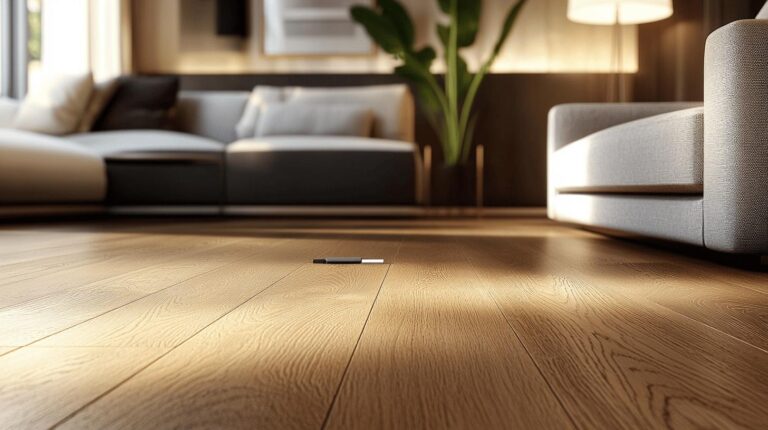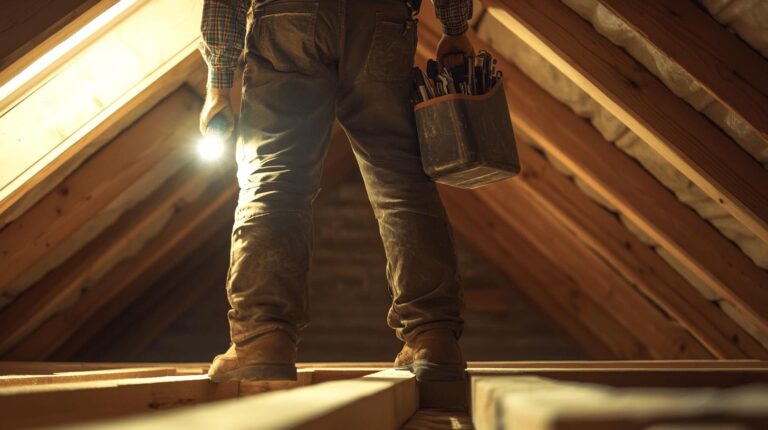How can something as seemingly straightforward as floor sanding revolutionise the restoration industry? The advent of eco-friendly floor sanding techniques is doing just that, turning conventional practices on their head. With advanced dustless sanding systems capturing up to 99% of dust, these innovations improve air quality and make the work environment cleaner and safer. As sustainable sanding techniques gain traction, they reshape industry norms, blending efficiency with environmental responsibility. Embracing these methods doesn’t just benefit the planet—it’s a smart choice for homeowners and businesses seeking to enhance their space sustainably.
The Rise of Eco-Friendly Floor Sanding Techniques
The floor sanding industry is experiencing a significant transformation with the advent of eco-friendly sanding techniques. These advancements are redefining standards for both sustainability and efficiency. A notable development is the shift towards dustless sanding systems, which have drastically reduced the dust generated during the sanding process. This enhances cleanliness and significantly improves air quality by minimising airborne particles. Advanced sanding machines with integrated dust collection systems capture up to 99% of dust, ensuring a cleaner and safer work environment.
Specific technologies have been introduced to reduce the environmental impact of sanding further. These include high-efficiency particulate air (HEPA) filters and advanced vacuum systems that trap even the finest dust particles. Such innovations ensure that the restoration process is safer for workers and more considerate of the client’s living or working space.
Eco-friendly sanding techniques extend beyond dust management. Using non-toxic and low-VOC finishes complements these systems, ensuring that the restoration process is aligned with sustainable practices. This holistic approach to eco-friendly floor sanding is setting new benchmarks in the industry, making it an increasingly attractive option for environmentally conscious homeowners and businesses.
- Improved Air Quality: Dustless systems significantly reduce airborne particles, contributing to healthier indoor environments.
- Enhanced Work Environment: Cleaner workspaces improve conditions for workers and residents.
- Greater Efficiency: Advanced dust collection systems streamline the sanding process, reducing time and effort.
- Reduced Health Risks: Minimising dust exposure lowers the risk of respiratory issues for professionals and occupants.
- Environmental Responsibility: These techniques support sustainability by reducing waste and chemical emissions.
Sustainable Materials and Their Impact on Floor Restoration
Sustainable materials are making a notable impact on the floor restoration industry, offering environmental and health benefits. Reclaimed wood is a prime example, significantly reducing the demand for new timber and conserving natural resources. By reusing existing materials, the industry alleviates pressure on forests and minimises waste, contributing to a more sustainable ecosystem.
Low-VOC finishes are another cornerstone of eco-friendly restoration. What are low-VOC finishes? They are finished with reduced levels of volatile organic compounds, known for improving indoor air quality and providing health advantages. These finishes emit fewer harmful chemicals during and after application, making them safer for occupants and workers alike. This change not only supports a healthier home environment but also reduces the ecological footprint of restoration projects.
Benefits of FSC-Certified Wood
Using FSC-certified wood is a critical component in promoting sustainable forestry practices. What does FSC certification guarantee? It ensures that the wood has been harvested environmentally, supporting conservation efforts and responsible management of forest resources. This certification helps maintain biodiversity, protect water quality, and support indigenous communities’ rights, making it a vital choice for eco-conscious consumers.
- Healthier Indoor Air: Low-VOC finishes release fewer toxic emissions, improving the air quality inside homes and businesses.
- Reduced Health Risks: By limiting exposure to harmful chemicals, these finishes lower potential health hazards for both residents and workers.
- Environmental Conservation: Using low-VOC products lessens the environmental impact by decreasing the release of pollutants into the atmosphere.
- Enhanced Durability: These finishes often provide long-lasting protection, reducing the need for frequent applications and resource use.
Incorporating sustainable materials like reclaimed wood and low-VOC finishes into floor restoration projects benefits the environment and promotes healthier living and working spaces. By choosing FSC-certified wood, individuals and businesses can further support sustainable practices, ensuring that their restoration efforts are ecologically and socially responsible.
The Benefits of Eco-Friendly Floor Sanding for Homeowners and Businesses

Eco-friendly floor sanding offers numerous advantages by prioritising health and sustainability. What are the health benefits of these practices? Thanks to the use of non-toxic finishes, they significantly reduce the emission of harmful chemicals, which enhances indoor air quality. This is crucial for preventing respiratory issues and ensuring a healthier environment for residents and professionals.
How do eco-friendly practices benefit businesses? They lead to cost savings by reducing waste and improving efficiency. Moreover, integrating eco-friendly floor care into business operations can strengthen brand reputation. Businesses that adopt sustainable practices are often viewed more favourably by consumers, who increasingly value environmental responsibility.
Eco-friendly sanding also ensures effective dust control and waste management. Advanced sanding technologies capture and contain dust, minimising its spread and impact, which is essential for both health and cleanliness. This approach aligns with broader sustainability goals, reducing the ecological footprint of restoration projects and promoting long-term environmental stewardship.
| Benefit | Homeowners | Businesses |
|---|---|---|
| Improved Air Quality | Healthier living spaces | Safer work environment |
| Cost Savings | Reduced need for repairs | Lower operational costs |
| Positive Image | Environmentally conscious choices | Enhanced brand reputation |
| Dust Control | Cleaner home environment | Improved workplace conditions |
Comparative Analysis: Traditional vs. Eco-Friendly Floor Sanding
How do traditional sanding methods affect the environment? Traditional floor sanding methods generate significant amounts of fine dust, negatively impacting indoor air quality and posing potential respiratory health risks. This is primarily due to the lack of effective dust containment systems, allowing particles to spread throughout the environment. Additionally, conventional finishes often contain high levels of volatile organic compounds (VOCs), which release harmful chemicals during application and drying.
In contrast, how do eco-friendly sanding techniques benefit health and safety? Eco-friendly floor sanding methods, such as dustless sanding systems, significantly minimise these hazards by capturing up to 99% of dust particles. This reduces exposure to airborne contaminants, enhancing air quality and safeguarding the health of both workers and occupants. Moreover, using low-VOC finishes further mitigates chemical emissions, providing a safer and healthier environment.
Why are eco-friendly methods more efficient? They streamline the sanding process with advanced dust collection technology, reducing the time and effort required for cleanup and ensuring a more efficient restoration workflow. This efficiency translates to shorter project timelines and cost savings, which are advantageous for both homeowners and businesses.
- Dust Management: Traditional methods allow dust to spread, affecting air quality, while eco-friendly techniques drastically reduce airborne particles through effective dust containment.
- Chemical Emissions: Conventional finishes emit high VOC levels, whereas eco-friendly options use low-VOC products that are safer for health and the environment.
- Process Efficiency: Eco-friendly techniques enhance efficiency by reducing cleanup time and integrating advanced sanding technologies.
- Health and Safety: Traditional sanding poses respiratory risks, while eco-friendly methods protect health through better dust and chemical management.
| Aspect | Traditional Sanding | Eco-Friendly Sanding |
|---|---|---|
| Dust Control | High dust generation | 99% dust capture |
| Chemical Emissions | High VOC emissions | Low-VOC finishes |
| Efficiency | Time-consuming cleanup | Streamlined process |
| Health Safety | Potential respiratory risks | Enhanced air quality |
Case Study: Ryan’s Restoration Leading the Eco-Friendly Charge
Ryan’s Restoration exemplifies how eco-friendly advancements are revolutionising the floor restoration industry. What sets Ryan’s Restoration apart? They have adopted cutting-edge eco-friendly practices, including dustless sanding and low-VOC finishes. This proactive approach enhances their service quality and prioritises environmental sustainability.
How does Ryan’s Restoration effectively manage dust and waste? By integrating innovative dust control systems, they capture up to 99% of airborne particles during the sanding process. This significantly reduces health risks and maintains a cleaner workspace. Their commitment to responsible waste management further underscores their dedication to eco-friendly practices.
Why is Ryan’s Restoration considered a benchmark in the industry? Their strategic use of sustainable materials aligns with global conservation efforts, setting a new standard for restoration companies. By choosing materials and methods that minimise environmental impact, they contribute to a more sustainable future.
Future Plans for Eco-Innovation
What eco-friendly initiatives is Ryan’s Restoration planning? They are exploring integrating digital technologies to optimise the sanding process, aiming for greater efficiency and precision. Additionally, they plan to expand their use of renewable energy sources within their operations, further reducing their carbon footprint and enhancing their commitment to sustainability.
Final Words
In the dynamic realm of floor restoration, eco-friendly floor sanding is evolving industry norms. Transitioning from traditional methods, innovative dustless systems and low-VOC finishes reduce environmental impact while improving indoor air quality—sustainable materials such as FSC-certified wood and reclaimed timber offer tangible benefits for homes and businesses.
Ryan’s Restoration exemplifies leadership in eco-friendly practices, setting a new standard for responsible restoration. Embracing these advancements enhances home aesthetics and contributes positively to the environment. As the industry shifts, embracing these sustainable solutions becomes increasingly crucial for the future of restoration.
FAQ
Q: What are the advantages of dust-free sanding systems in floor restoration?
A: Dust-free sanding systems offer significant benefits by capturing up to 99% of dust. This improves air quality and cleanliness, protects health, and enhances the work environment during sanding processes.
Q: How do sustainable materials impact floor restoration?
A: Using sustainable materials like reclaimed wood and low-VOC finishes reduces demand for new resources and improves indoor air quality. This helps conserve natural resources and contributes to healthier living spaces.
Q: What are the benefits of FSC-certified wood in floor restoration?
A: FSC-certified wood ensures responsible forestry practices, supports conservation efforts, and contributes to environmental protection while maintaining high-quality wood standards for restorations.
Q: Why should one consider low-VOC finishes for floor restoration?
A: Low-VOC finishes offer four main benefits: improved indoor air quality, reduced health risks, decreased environmental impact, and enhanced safety during application and usage.
Q: How does eco-friendly floor sanding benefit homeowners and businesses?
A: Eco-friendly sanding improves health by lowering emissions and boosting air quality. It can also lead to cost savings and enhance a positive brand image for businesses through sustainable practices.
Q: What are the main differences between traditional and eco-friendly floor sanding methods?
A: Traditional sanding creates more dust and emits harmful chemicals, while eco-friendly sanding minimizes dust and chemical emissions. This makes the latter safer and more efficient environmentally and health-wise.
Q: How has Ryan’s Restoration contributed to eco-friendly advancements in floor restoration?
A: Ryan’s Restoration leads with innovative eco-friendly practices such as dustless sanding and low-VOC finishes. Their commitment to sustainable materials and responsible waste management exemplifies their industry leadership.
Q: What plans does Ryan’s Restoration have for eco-innovation?
A: Ryan’s Restoration plans to implement new eco-friendly initiatives and technologies, further enhancing their sustainability and environmental conservation efforts in the restoration industry.
